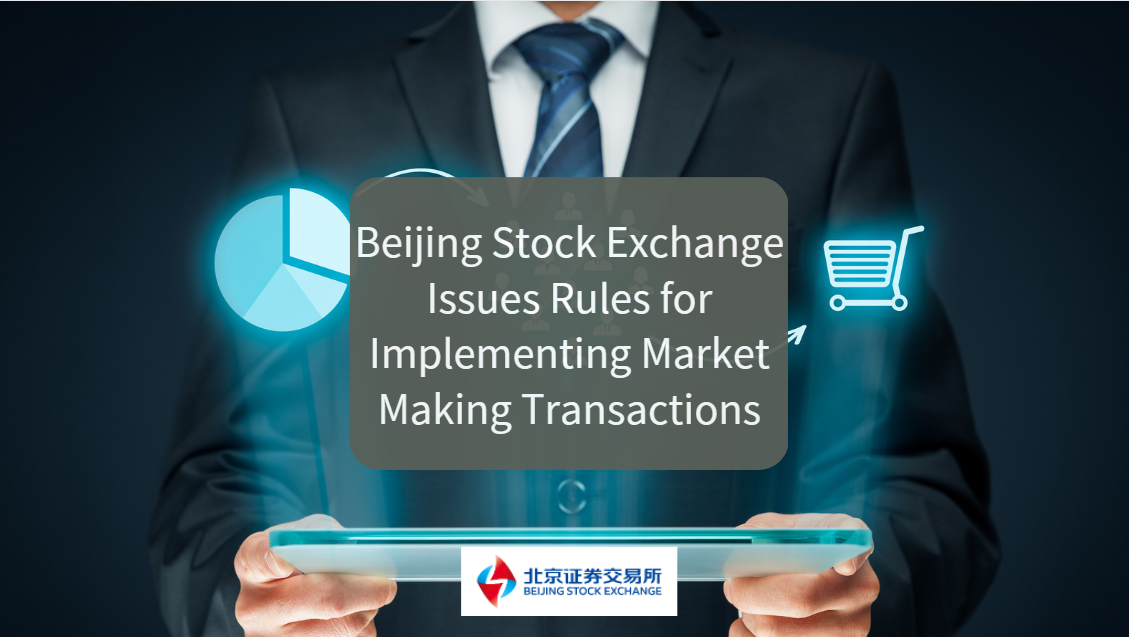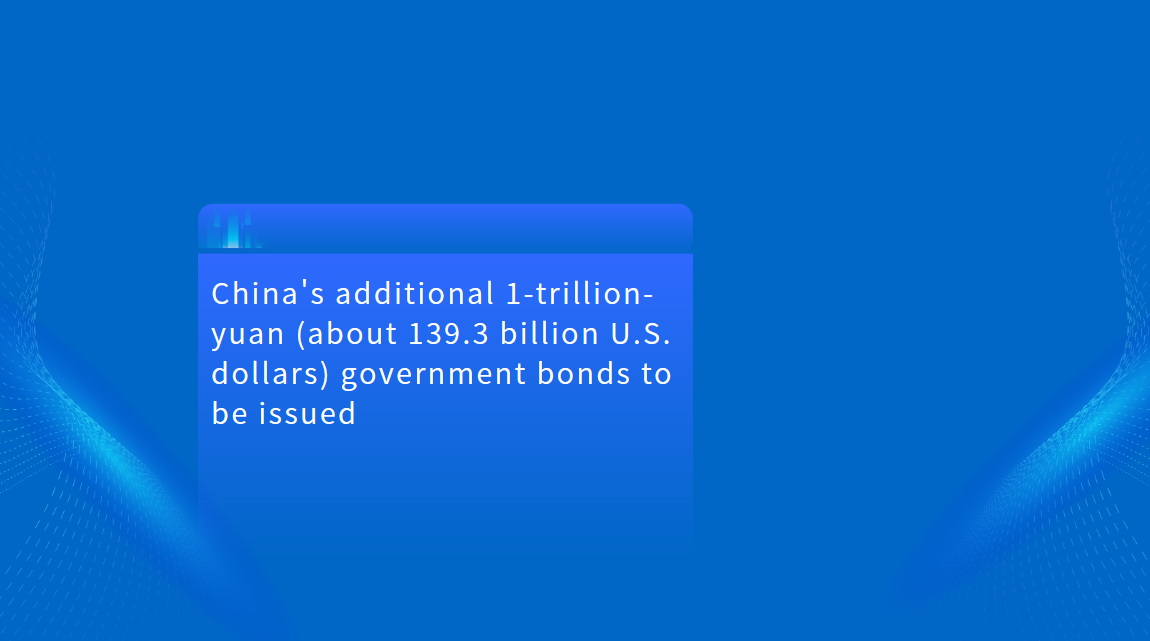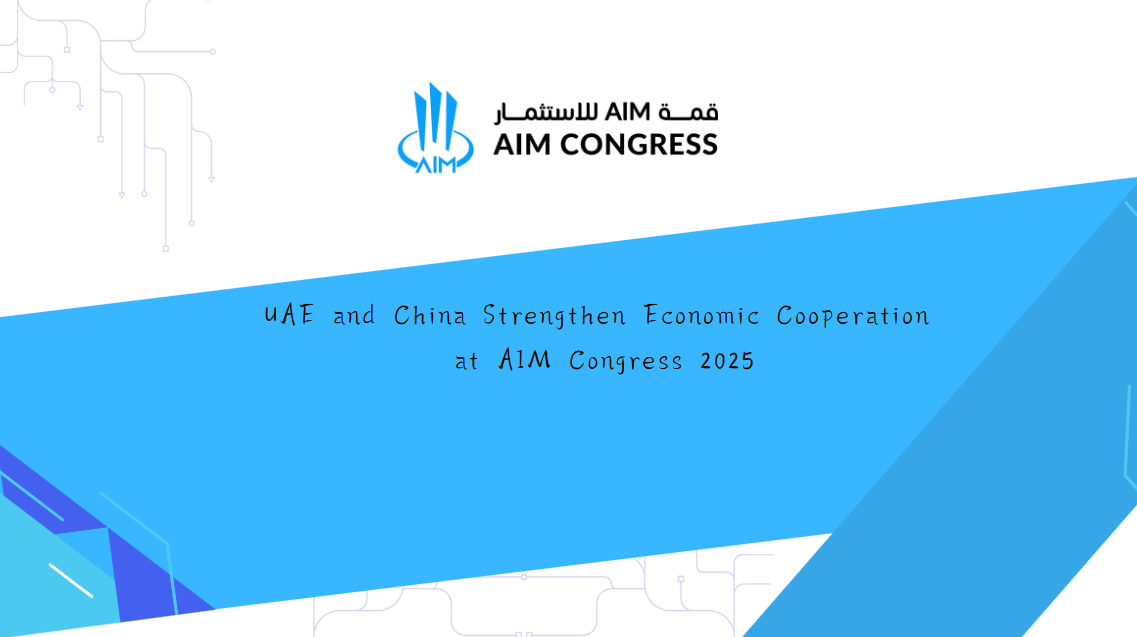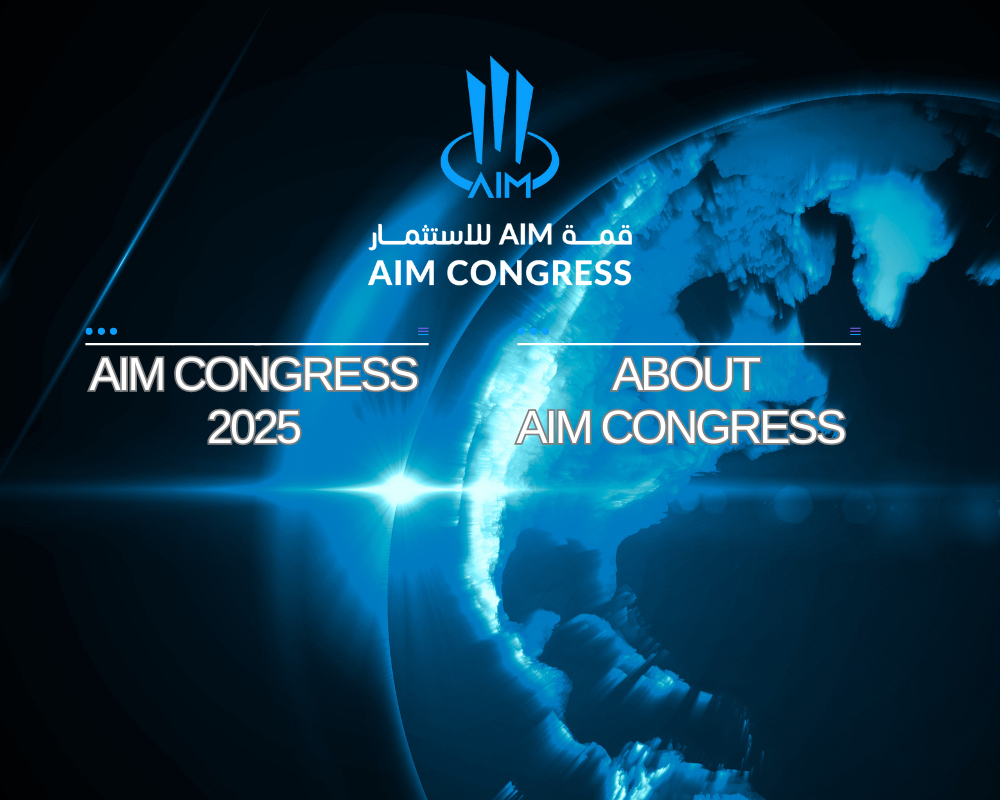China's Economic Reforms: Balancing Stability and Innovation in a Global Landscape
Recent high-level meetings in China have unveiled a strategic pivot aimed at balancing economic stability with innovation-driven growth, offering global business stakeholders a clearer view of the country's policy direction amid rising external pressures. For professionals in banking, investment, export-import insurance, and multinational enterprises, these developments signal both challenges and opportunities within one of the world's most dynamic economies.
Strategic Policy Adjustments
In December 2023, senior officials from China's National Development and Reform Commission (NDRC) convened to assess economic performance and set priorities for 2024. Key takeaways include:
Targeted Economic Monitoring: Regular reviews of economic conditions drive timely policy adjustments, ensuring existing policies are refined while new measures are developed to sustain economic momentum.
Long-Term Planning Alignment: The meeting reviewed progress under the “14th Five-Year Plan” and initiated preparations for the “15th Five-Year Plan,” emphasizing alignment of annual targets with broader strategic goals in urbanization, rural revitalization, and regional coordination.
Fiscal Resource Optimization: Funds from a 1 trillion yuan government bond are earmarked for disaster recovery, infrastructure upgrades, and capacity building in critical sectors like transportation, energy, and technology, enhancing supply chain resilience and supporting long-term growth.
Reforms and Innovation
The NDRC emphasized reforms to foster a more competitive and equitable market environment:
Equal Opportunities for Enterprises: Adhering to the “two unwavering principles,” the government is removing barriers to private sector growth, creating a fair competitive landscape for both state-owned and private companies.
Strengthened Industry Dialogue: A new feedback mechanism enables regular communication between policymakers and private enterprises, ensuring policy adjustments reflect real market needs and helping businesses navigate regulatory changes and external pressures.
Digital Transformation: Efforts to build a unified national market and accelerate digital infrastructure investment position China to modernize traditional industries and spur high-tech innovation.

Private Sector Resilience
In an April 2025 meeting with major firms like Didi Chuxing and Goertek, the NDRC addressed external pressures such as U.S. tariffs:
Enhanced Policy Support: NDRC Director Zheng Shanjie highlighted plans to refine communication mechanisms with private companies, emphasizing feedback-driven policy adjustments to mitigate tariff impacts.
Leveraging Domestic Market Strength: Industry representatives expressed confidence in countering tariff pressures by leveraging China's robust domestic market, underscoring the importance of a resilient economic framework capable of absorbing external shocks.
Implications for Global Business Stakeholders
For international professionals, these policy shifts present actionable insights:
Predictable Policy Environment: Systematic reviews and fiscal discipline create a more predictable business landscape, reducing risks for foreign investors and financial institutions.
Infrastructure and Tech Collaboration: State-led investments in infrastructure and technology upgrades offer tangible opportunities for global partnerships, particularly in modernization-focused sectors.
Transparent and Competitive Markets: Reforms aimed at leveling the playing field reassure international business leaders about the fairness and competitiveness of China's market environment.
Strengthened Supply Chains: Enhanced safeguards for critical infrastructure and supply chains promise greater reliability in cross-border trade, benefiting global commerce.
Regional Balance and Sustainability
Policymakers stressed the need for balanced urban-rural development and measures to enhance energy efficiency, promote ecological protection, and transition toward carbon neutrality. These initiatives aim to reduce regional disparities and safeguard against external disruptions, ensuring long-term sustainability.
China's pragmatic approach to economic reform—balancing immediate market pressures with long-term strategic planning—offers global professionals a dynamic yet stable environment. As these initiatives unfold, international stakeholders stand to benefit from enhanced market predictability, expanded investment opportunities, and a more integrated supply chain. Staying informed and responsive to these changes will be critical for those seeking to capitalize on emerging opportunities within China's evolving economic landscape.





















































First, please LoginComment After ~